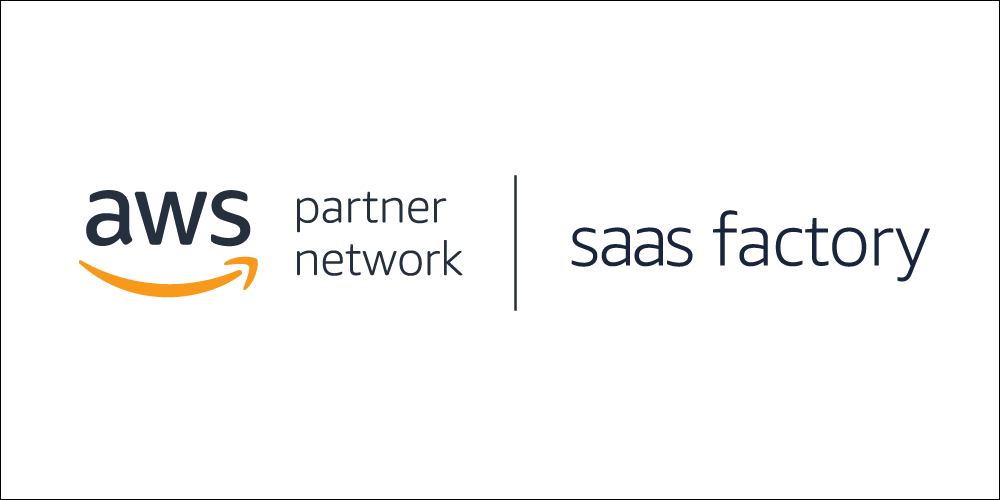AWS Partner Network (APN) Blog
Tag: AWS SaaS Factory
The Most Viewed APN Blog Posts in 2018
Take a look at the most popular APN Blog posts in 2018. Our goal with this blog is to share timely and relevant news, technical solutions, Partner success stories, and more from Amazon Web Services and the APN specifically. For AWS customers, you can trust that APN Partners are focused on your success, helping you take full advantage of the business benefits AWS has to offer. With their deep expertise, APN Partners are uniquely positioned to help your company at any stage of your Cloud Adoption Journey.
SaaS Storage Partitioning with Amazon Aurora Serverless
With the introduction of Amazon Aurora Serverless (currently in preview), SaaS providers are now equipped with a model to bring the scale and cost efficiency of serverless computing directly to storage partitioning models of SaaS solutions. We take a closer look at how Aurora Serverless works and how it influences your approach to storage partitioning in SaaS environments. The goal here is to highlight the implications of the serverless storage model, identifying key areas that will be of particular interest to SaaS developers.
Introducing AWS SaaS Factory to Help ISVs Accelerate SaaS Adoption
We are excited to introduce AWS SaaS Factory to help accelerate and guide the adoption of a Software-as-a-Service (SaaS) delivery model on AWS. The program offers a comprehensive set of business and technical best practices, as well as engagement opportunities that empower and support ISVs building SaaS offerings on AWS. The focus is on helping customers and APN Partners at all stages of the SaaS on AWS journey.
Architecting Multi-Region SaaS Solutions on AWS
As SaaS organizations grow and begin to extend their global reach, they must consider how their larger geographic footprint will shape and influence the architecture of their systems. Operations, deployment, agility, security, and scale all can be impacted by the move to a geographically distributed SaaS model. The more complexity that is added to a system’s operational and deployment profile, the more challenging it becomes to maintain the agility goals that are often associated SaaS delivery models.
Enabling New SaaS Strategies with AWS PrivateLink
Networking is often viewed as a foundational element of a system’s architecture. The reality is there are plenty of scenarios where the networking footprint of a SaaS application can influence the functionality, extensibility, and management profile of your SaaS environment. While there are plenty of creative ways developers leverage AWS networking constructs to refine SaaS solutions, the introduction of AWS PrivateLink adds new opportunities in the SaaS networking landscape.
Managing SaaS Identity Through Custom Attributes and Amazon Cognito
Identity is a fundamental design decision that software as a service (SaaS) architects must consider when developing a multi-tenant system. Developers who are building SaaS applications must be able to identify a user, the tenant associated with the user, the user’s permissions, and the relationship a tenant has with the provider, such as usage plan or tier. In this post for SaaS Technology Partners, I will explore how to architect a multi-tenant system and identify tenant context and role using Amazon Cognito.
Building Serverless SaaS Applications on AWS
SaaS solutions often present architects with a diverse mix of scaling and optimization requirements. With SaaS, your application’s architecture must accommodate a continually shifting landscape of customers and load profiles. The number of customers in the system and their usage patterns can change dramatically on a daily—or even hourly—basis. These dynamics make it challenging for SaaS architects to identify a model that can efficiently anticipate and respond to these variations.
Calculating Tenant Costs in SaaS Environments
In traditional single-tenant environments, calculating and aggregating infrastructure costs is a pretty straightforward exercise. Typically, each application or customer has its own collection of dedicated resources and tallying the costs is simply a matter of categorizing and summing those costs. However, in multi-tenant SaaS environments, this becomes a much more challenging problem. With SaaS, tenants often share some or all of a system’s infrastructure resources.
Testing SaaS Solutions on AWS
The move to a SaaS delivery model is often motivated by a fundamental need for greater agility and customer responsiveness. SaaS providers often succeed and thrive based on their ability to rapidly release new features without compromising the stability of their solutions. Achieving this level of agility starts with a commitment to building a robust DevOps pipeline that includes a rich collection of automated tests.


